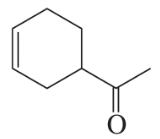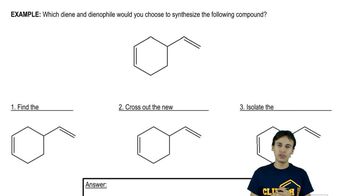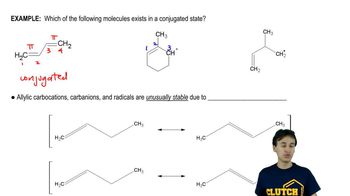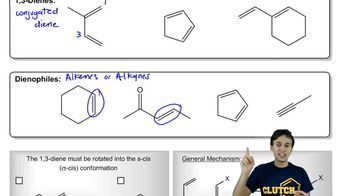Show how you would accomplish the following syntheses efficiently (you may use any necessary reagents).
(h)

 Verified step by step guidance
Verified step by step guidance Verified video answer for a similar problem:
Verified video answer for a similar problem:



 4:02m
4:02mMaster Diels-Alder Retrosynthesis with a bite sized video explanation from Johnny
Start learning